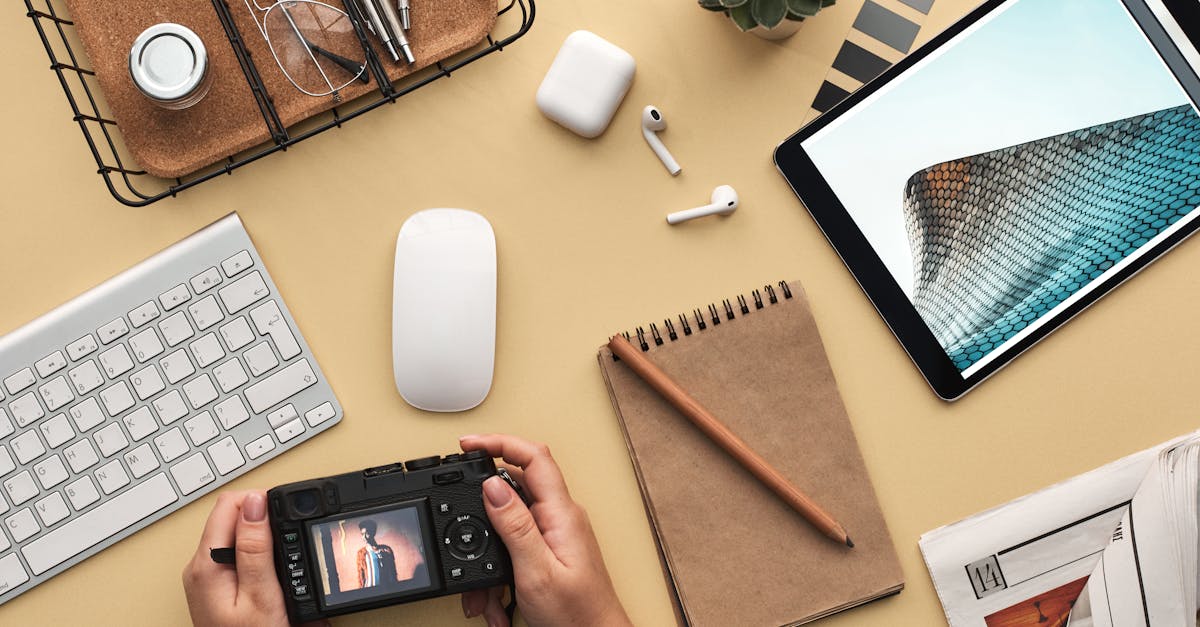Is Teeth Whitening Safe?
Teeth whitening is generally safe and effective, especially with agents containing ten percent carbamide peroxide, which does not harm enamel. Higher concentrations may cause sensitivity or gum irritation, but fluoride in the formula and dentist-prescribed gels help reduce these side effects. Over-the-counter products can also treat minor issues. While some dentists worry about losing patients to these products, they actually increase awareness of cosmetic dentistry and benefit dental practices.

























